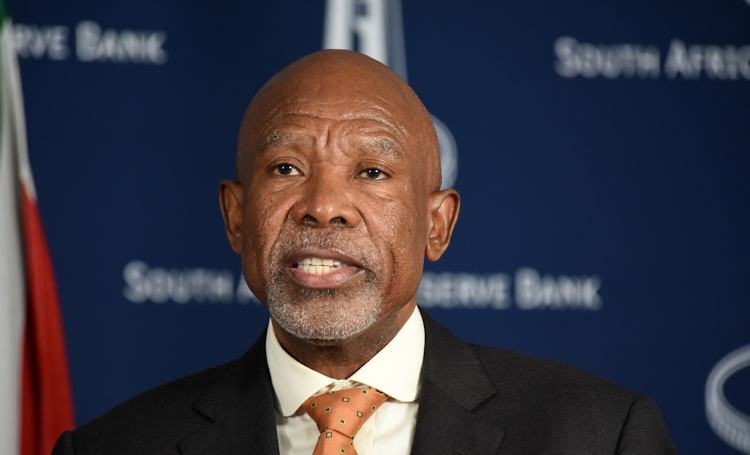With monetary stability achieved, it’s up to Treasury to ensure growth

With more inflation and hikes unlikely, managing risks will be crucial
The SA Reserve Bank has kept the policy repurchase rate unchanged at 8.25%, but highlighted high upside risks to inflation. The list of risks includes weakness in the exchange rates and food and energy prices.
In the absence of any global shocks monetary policy rates have peaked, but the Bank will not be in a hurry to cut rates due to the rise in the risk premium driven by the fiscal deterioration.
Globally and in emerging markets, and for the Bank in particular, monetary policy seems to have achieved price stability by bringing inflation back within target bands, but no central bank will say it has won the war on inflation, so we move to managing risks and inflation expectations.
There are three things that stand out but are not surprising in the Bank’s statement.
The first is the upward revision to economic growth from 0.4% to 0.7%, in line with economists’ expectations. The economy has been resilient despite more intense load-shedding, thanks to the private sector and households investing in own energy generation and adapting to load-shedding. This also highlights the importance of economic reforms that make such investments easier. We need more of this in the rail, ports and water sectors, and fast.
Second, the downward adjustment of both headline and core inflation to 5.9% and 4.9% respectively for 2023, from 6% and 5.2%, stands out but is no surprise given that inflation has been coming out lower than expected for the past three months. The downward revision of core inflation to 4.7% in 2024 is a bit surprising given that headline inflation nudged upward.
The third is the marginal increase in the implied cuts in the repo rate in 2024 from 62 basis points to 67. Though small, this suggests that there are even stronger reasons for rates to have peaked, which is now a consensus view.
The focus for markets has shifted from monetary policy to fiscal policy. There are many challenges that could make some of the risks to monetary policy materialise. The yield curve is steep, implying that default risk for the government has increased, though the time for that default is not any time soon.
The implication is that we are likely to have higher rates for longer. Rate cuts will be a story of 2024, probably in the second half of the year. Even that has a couple of scenarios. If the US Federal Reserve cuts sooner and drives the dollar weaker, the Bank could also cut sooner. But the rand weakness that is always associated with elections might be a constraint.
Externally, oil prices remain a big risk. So is the potential for the El Nino weather phenomenon to strengthen, which will pose a risk for agricultural production and food prices. However, this is not the base case. The base case is that we are in a weak El Nino and therefore the risk for drought conditions remains low.
Beyond these idiosyncratic risks SA needs a credible growth story that can boost business confidence and private sector investment. Progress in reforms remains too slow. The private sector is investing mostly in energy solutions, not because of optimism about the prospects of the economy but to make businesses more resilient.
In the words of one offshore client, they buy SA not because it has a growth story but for the very high return they can achieve, and they now do so for a shorter duration because long-term sustainability is not guaranteed.
That said, monetary policy has achieved price stability and inflation is contained even though risks remain, as always. The ball is now in the National Treasury’s court to do its part by ensuring fiscal sustainability, or SA will be drowned by the need to secure the popular vote keeping the country in a low-growth trap.
